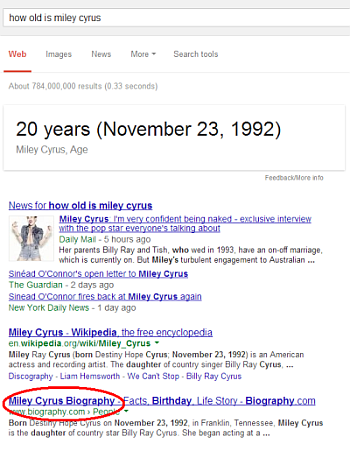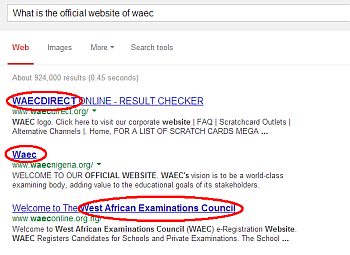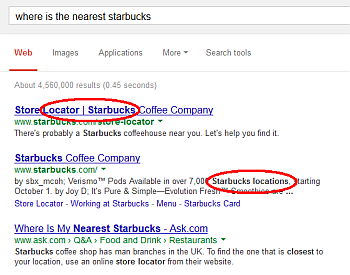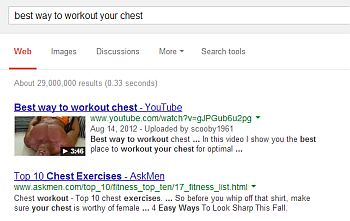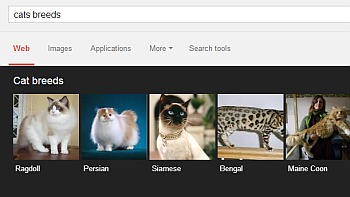
|
|
||

|
|
Google's Hummingbird update explained - what should it mean for your SEO?
News and Updates > Google's Hummingbird update explained - what should it mean for your SEO?
October 10, 2013
Google's Hummingbird update explained - what should it mean for your SEO? Last week Google announced its new Hummingbird algo update, putting lots of SEOs into doubts and concerns – what should this algo change mean to you and your website? To make sure you don't get down into panic and plan your SEO strategy wisely, we've put up this short guide to explain what Hummingbird update is, how it affects your rankings and how to adapt your SEO strategy to benefit from the changes. So, what do we know about Hummingbird?
Though announced on September 26 only, Hummingbird was in fact released a month before that and is said to affect 90% of search queries. Unlike Penguin and Panda, Hummingbird is not a penalty-based update (aimed at cleaning the SERPs from low-quality content), but a change in the way Google reacts to different types of queries, which lets the search engine now get the actual meaning behind a query, rather than the separate terms in it. Besides, the algorithm is called to better deal with conversational queries, considering the growing number of mobile search users and voice searchers. So Hummingbird is all about Google being able to catch users' actual search intent and find the content that matches this intent the best. But what does this mean for Internet marketers and SEO? Well, it means a few things become increasingly more important, and first of all - the content on your site. The name of the game is relevance and your content needs to be deep and rich, rather than just fluff stuffed with keywords. Now to get a better idea of how to adapt your digital marketing strategy to that change, you need to understandwhich mechanisms Google probably uses to achieve the relevance goal and what each of them means for your site. 1. Adapt your keyword strategy for conversational queries
What's happening?The first challenge Google has to deal with today is the growing number ofconversational phrases people use to search the Web. Quite likely (and that is especially true for mobile voice search users), these queries will be of a longer, question-like type - "how to...?", "where is the nearest...?", "where can I get...?", etc. Interpreting these longer phrases, Google can no longer rely on the keywords only and provide different results for each of them. But rather bring numerous conversational requests to a shorter "general term", based on the type of searchers' intent: Informational1. The user wanders "How old is Miley Cyrus?", so... Navigational1. The user looks for "What is the official website of waec", so... Transactional1. The user looks for "Where is the nearest Starbucks", so... What should you do?Try determining all conversational phrases people are likely to use when searching for your services, and classify them into informational, navigational and transactional. Make sure your content covers each of the 3 types:
When possible, target conversational phrases just as they are. For all the rest of conversational terms, use their shorter equivalents. 2. Leverage synonyms and co-occurring terms
What's happening?Another step towards relevant search results is determining what a page is about using not only individual keywords, but their synonyms and co-occurring terms. Practically this means that Google shows search results not only for the exact phrase the user typed in, but for other theme-related terms. For a theme-relevant website, this results in extra exposure opportunities: it's likely to get to Google's top not only for your targeted keywords, but for lots of their synonyms. On the contrary, the page cut for a separate keyword (without keeping in mind its co- occurring terms and synonyms) is likely to be replaced with a page form theme-relevant site. What should you do?Expand your keyword research, focusing on synonyms and co-occurring terms to diversify your content:
Tip: If you're using SEO PowerSuite, you can get lots of synonymic keyword ideas using Rank Tracker with its 18 keyword methods of keyword research. 3. Strive for co-citation
What's happening?Another way for Google to identify what your website or your business deals with is co-citation. In a simple language, this mechanism means that each time your brand (or a link to your site) is mentioned alongside with your competitors or similar web resources, this serves as a hint to Google that your firm and those other companies are related. And if the competitors are already authoritative in your business niche, your site for Google now also seems a weighty niche representative. Ex. If your website (1) is mentioned on websites A, B and C together with your competitors (2, 3 and 4), for Google the 4 websites become associated (see the scheme):
What should you do?Identify your top competitors (the leading niche representatives trusted by Google) and make sure your brand gets mentioned alongside with them:
Tip: Use SEO SpyGlass for quick analysis of a competitor's backlink profile.
4. Re-consider your anchor texts
What's happening?Even though using "commercial" anchor texts in links is one of the biggest SEO no-no's these days, Google still relies on backlink anchor texts to better understand the theme of a site. The perfect proof for that is the famous example of Adobe.Com that (still!) ranks for "click here" solely due to the anchor texts in its links:
What should you do?
Ex. To learn more about Bali vacation packages click here. Our partners have great deals on Bali vacation packages. Here is a great websites for those planning a trip to Bali. 5. Pay more attention to Universal Search listings
What's happening?One more thing to pay your attention to in the age of smarter Google is Universal search. Quite likely that the new, relevancy-focused algorithm will make Google show more Universal search results to your target users. Say, Google sees your intent – learning the best way to work out your chest. Quite obviously, the most informative result for you is a training video: If you wonder where to buy pizza in Chicago, no doubt you need local pizzerias listings: This means that now, even more than before, Universal Search gives you the opportunity to: (A) Outrank competitors when cracking the “organic” top 10 seems improbable (B) Drive more traffic to your site by using additional traffic channels What should you do?
6. Utilize structured data markup
What's happening?To collect more info about your website, its theme and content, Google is likely to pay even more attention to the so-called structured data. That is a perfect way to get extra exposure in Google's Knowledge graph, add more info to rich snippets, feature your articles authorship, get into the search results carousel and so on. What should you do?
Make sure your site is all set for Hummingbird!
Ok, it's time to look at your website keeping Hummingbird in your mind – hope this guide helps you make a better sense of what the update is and how to keep your site matching Google's new relevancy standards. Tools you may find useful: Rank Tracker, SEO SpyGlass, Google Analytics, Google Webmaster tools, Structured Data Testing Tool Have your thoughts, questions or ideas on the Hummingbird update? Please join the comments! Comments
You must be Logged In to comment |















